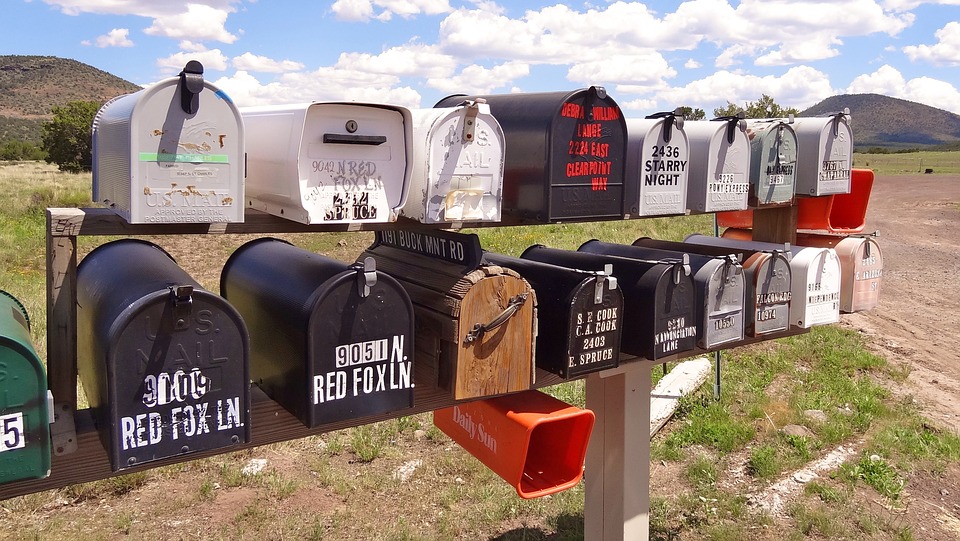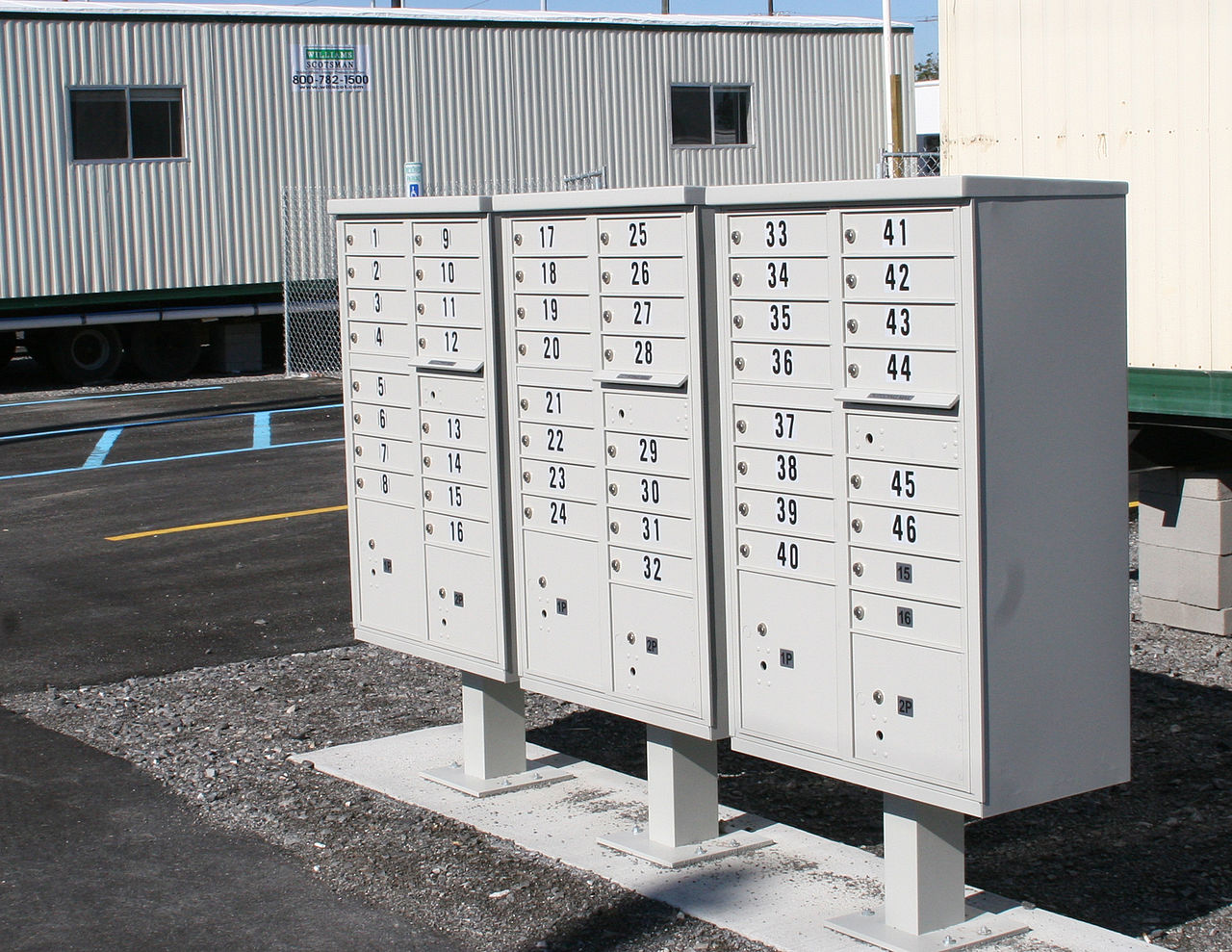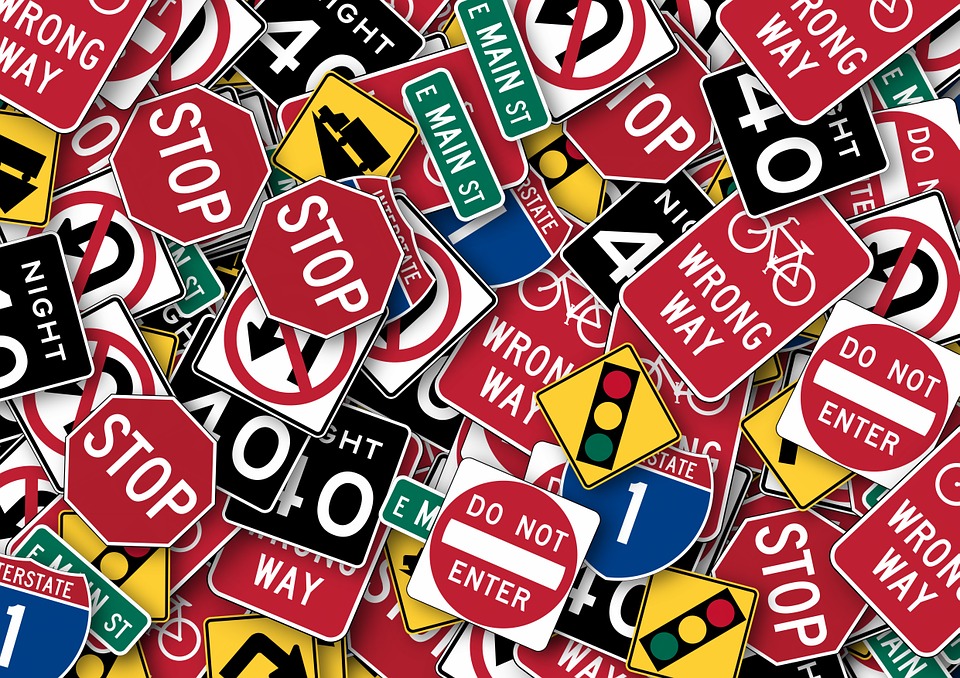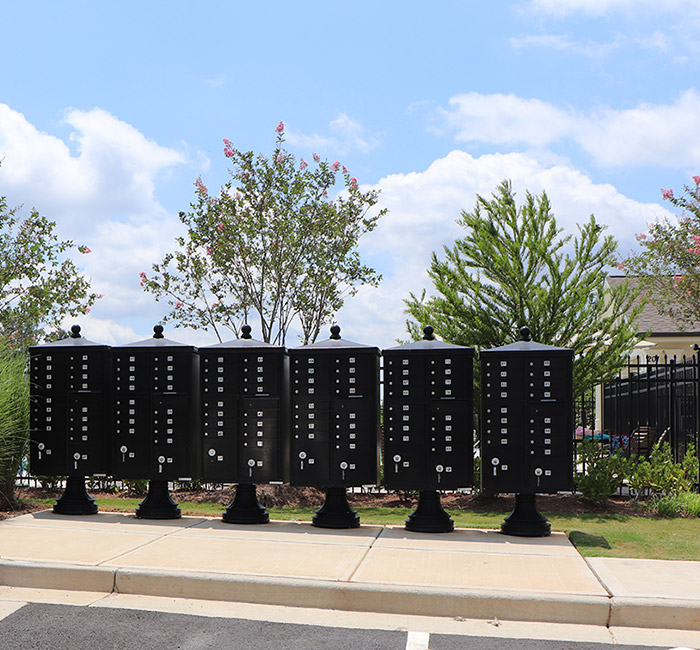Blog
Full-Service vs Limited-Service Mailboxes: What's the Difference?
Thursday October 03, 2019When choosing curbside mailboxes to use in your neighborhood or residential community, one of the decisions you'll have to make is whether to use full-service or limited-service mailboxes. The United States Postal Service (USPS) allows for both types of mailboxes. You can find full-service and limited-service mailboxes available in contemporary and traditional designs. So, what's the difference between these two types of mailboxes?
What to Know About Entrance Signage for Communities
Wednesday September 25, 2019Whether you're developing a new apartment complex, refreshing an existing one, or managing signage for a residential community, choosing the right entrance and wayfinding signage is essential to creating a positive and lasting first impression. With approximately 39 million Americans—about one in eight—now living in apartments, clear and attractive signage has never been more important. From material and reflectivity to logo, color, and shape, every detail contributes to curb appeal, effective navigation, and a cohesive community brand.
Learn What to Look for in Community Entrance SignsHow Do Cluster Box Units (CBUs) Work?
Monday September 16, 2019Cluster Box Units (CBUs) have become an increasingly popular alternative to conventional curbside mailboxes. A form of centralized mail delivery, they consist of "clusters" of multiple mailbox compartments, each of which is intended for a specific household or residence in the surrounding area. Unless you're familiar with CBUs, though, you might be wondering how they work. In this post, we're going to reveal the basics of CBUs, revealing why they've become so popular in recent years.
6 Fun Facts About Traffic Signs
Monday September 09, 2019Traffic signs play a critical role in our nation's transportation infrastructure. Consisting of physical signs placed above or near a road, they provide information to motorists, cyclists and pedestrians. While you're probably familiar with the general purpose of road signs, though, you might be surprised to learn the six following facts about them.
The Complete Guide to Centralized Mail Delivery Systems
Monday September 02, 2019Don't limit yourself to traditional curbside mailboxes when planning mail delivery for your neighborhood or residential community. While the United States Postal Service (USPS) permits the use of curbside mailboxes for single-unit homes, a more efficient, secure, and modern option is a centralized mail delivery system. Since emerging in the mid- to late 1960s, these systems—such as cluster box units (CBUs) and multi-unit mailboxes—have become increasingly popular in subdivisions, apartment complexes, and HOAs across the country. If you're unfamiliar with how community mailbox systems work or whether they're the right fit for your project, this guide will help you decide.






